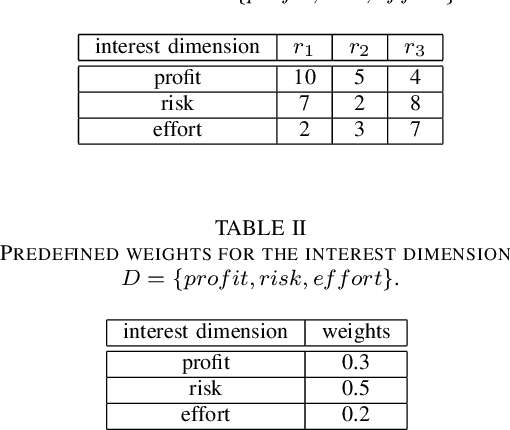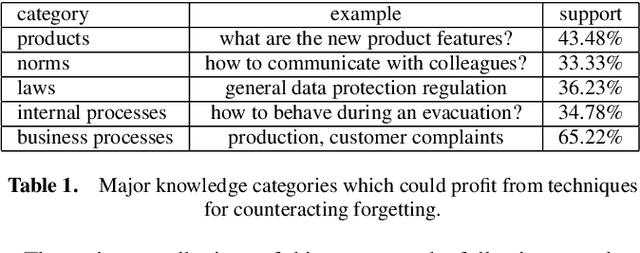Martin Stettinger
Configuring Multiple Instances with Multi-Configuration
Sep 20, 2021Abstract:Configuration is a successful application area of Artificial Intelligence. In the majority of the cases, configuration systems focus on configuring one solution (configuration) that satisfies the preferences of a single user or a group of users. In this paper, we introduce a new configuration approach - multi-configuration - that focuses on scenarios where the outcome of a configuration process is a set of configurations. Example applications thereof are the configuration of personalized exams for individual students, the configuration of project teams, reviewer-to-paper assignment, and hotel room assignments including individualized city trips for tourist groups. For multi-configuration scenarios, we exemplify a constraint satisfaction problem representation in the context of configuring exams. The paper is concluded with a discussion of open issues for future work.
An Overview of Direct Diagnosis and Repair Techniques in the WeeVis Recommendation Environment
Feb 24, 2021



Abstract:Constraint-based recommenders support users in the identification of items (products) fitting their wishes and needs. Example domains are financial services and electronic equipment. In this paper we show how divide-and-conquer based (direct) diagnosis algorithms (no conflict detection is needed) can be exploited in constraint-based recommendation scenarios. In this context, we provide an overview of the MediaWiki-based recommendation environment WeeVis.
Towards Utility-based Prioritization of Requirements in Open Source Environments
Feb 17, 2021



Abstract:Requirements Engineering in open source projects such as Eclipse faces the challenge of having to prioritize requirements for individual contributors in a more or less unobtrusive fashion. In contrast to conventional industrial software development projects, contributors in open source platforms can decide on their own which requirements to implement next. In this context, the main role of prioritization is to support contributors in figuring out the most relevant and interesting requirements to be implemented next and thus avoid time-consuming and inefficient search processes. In this paper, we show how utility-based prioritization approaches can be used to support contributors in conventional as well as in open source Requirements Engineering scenarios. As an example of an open source environment, we use Bugzilla. In this context, we also show how dependencies can be taken into account in utility-based prioritization processes.
Recommender Systems for Configuration Knowledge Engineering
Feb 16, 2021



Abstract:The knowledge engineering bottleneck is still a major challenge in configurator projects. In this paper we show how recommender systems can support knowledge base development and maintenance processes. We discuss a couple of scenarios for the application of recommender systems in knowledge engineering and report the results of empirical studies which show the importance of user-centered configuration knowledge organization.
KnowledgeCheckR: Intelligent Techniques for Counteracting Forgetting
Feb 15, 2021



Abstract:Existing e-learning environments primarily focus on the aspect of providing intuitive learning contents and to recommend learning units in a personalized fashion. The major focus of the KnowledgeCheckR environment is to take into account forgetting processes which immediately start after a learning unit has been completed. In this context, techniques are needed that are able to predict which learning units are the most relevant ones to be repeated in future learning sessions. In this paper, we provide an overview of the recommendation approaches integrated in KnowledgeCheckR. Examples thereof are utility-based recommendation that helps to identify learning contents to be repeated in the future, collaborative filtering approaches that help to implement session-based recommendation, and content-based recommendation that supports intelligent question answering. In order to show the applicability of the presented techniques, we provide an overview of the results of empirical studies that have been conducted in real-world scenarios.
 Add to Chrome
Add to Chrome Add to Firefox
Add to Firefox Add to Edge
Add to Edge